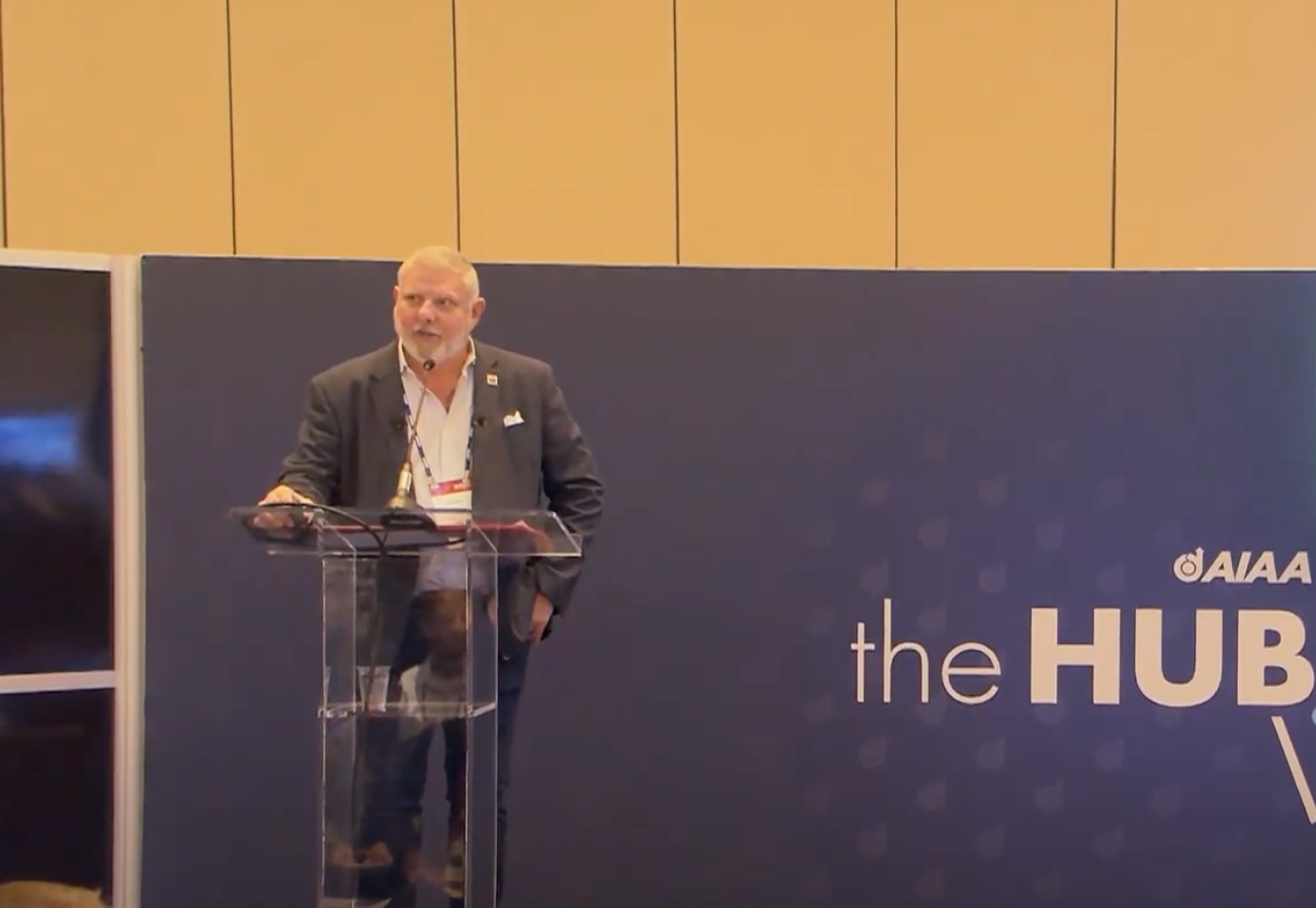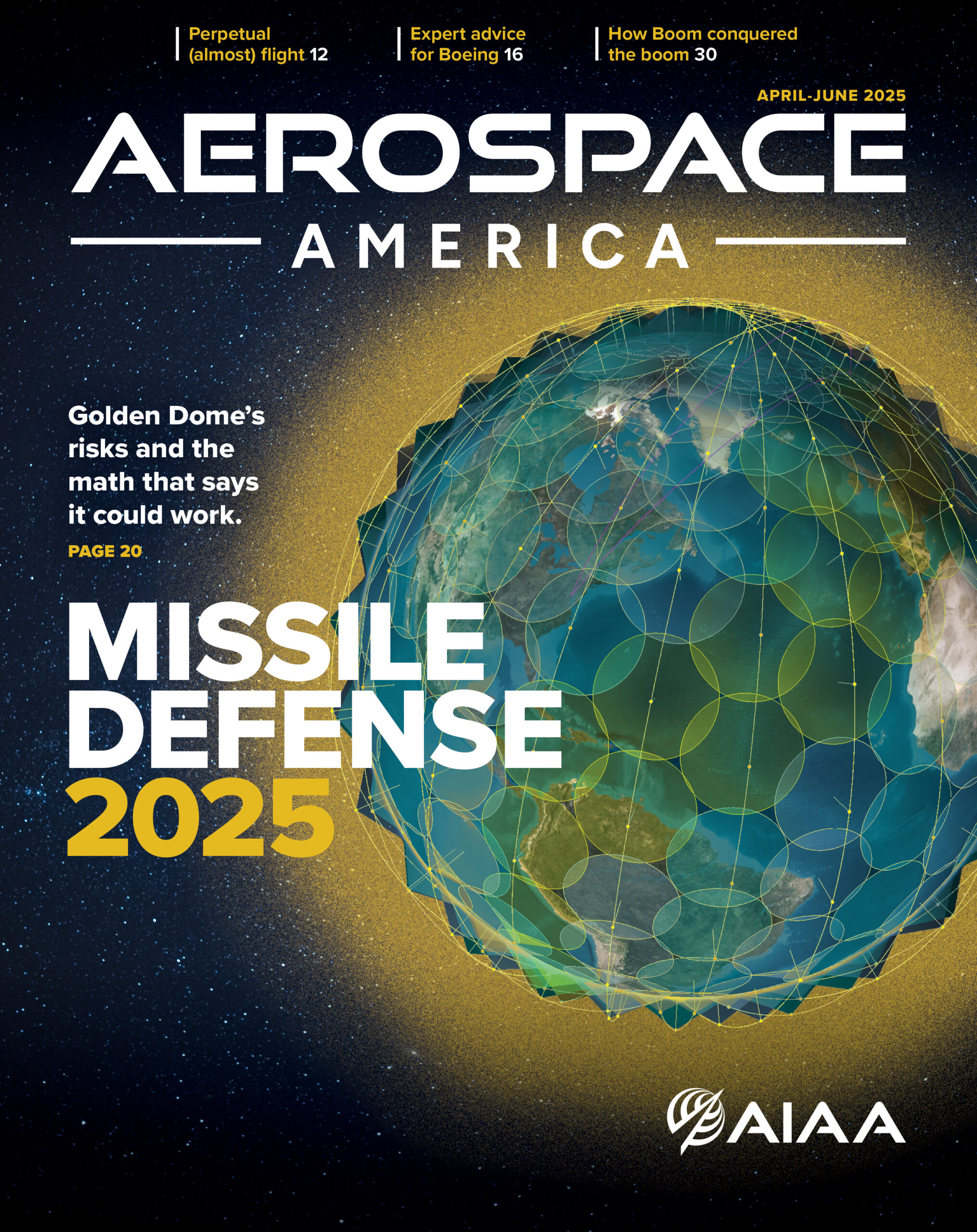A small fuel leak dripping from an airplane wing 40 years ago led to a robust manufacturing process for aerospace material that today provides adhesive bonding for aircraft including F-16 fighter jets.
Bill Perez, senior global product manager at Click Bond, provided a drill-down into the power of bonding in aerospace manufacturing. It all started with Charlie Hutter, a pilot and entrepreneur who noticed that leak and came up with an adhesive bonding idea that transformed an industry.
Perez explained the physics of adhesive bonding and why gluing an aircraft together is superior to mechanical methods. A combination of chemical, physical, and mechanical forces come together, he explained, to contribute to bonding’s effectiveness. Perez provided a deep dive into the key forces at play—mechanical interlocking, electrostatic adhesion, and diffusion—and how they work together to create strong, dependable bonds.
Perez outlined in succinct fashion the specific benefits of adhesive bonding for aerospace material. He highlighted how it improves cycle time, reduces production costs, and minimizes foreign object debris—critical factors in aerospace manufacturing. Bonding also helps prevent corrosion and reduces weight, leading to more efficient and durable structures. Further, it reduces error and rework, retains structural integrity, and has proven performance.
As an example, one of the key problems in manufacturing for aerospace platforms, Perez said, is the drilling of holes. It’s a drawback for mechanical fastening systems, but a bonded fastener can eliminate two-thirds of those holes, reducing drilling operations and the potential rework that might be required. Eliminating holes from structures with bonding has led to advances in aerospace vehicles and should be accepted as the go-to method, Perez insists.
Perez described the efforts of engineers to patch together and plug wing leaks on F-16 jets decades ago as “pioneering with purpose” – a concept that now allows Click Bond engineering teams to succeed with bonding adhesive as a solution.
Perez concluded that engineers should move away from outdated methods and embrace new fastening methods for high-performance materials to meet the rigorous demands of modern aircraft.
It’s a powerful and transformative process, and Perez urged the audience to consider how bonding could help transform their approach to aerospace design. He called on designers as well as engineers to think big and embrace new methods, and for innovators to consider bonding as the superlative method for fastening material in aerospace engineering.




